
Reginald Denny (1891-1967)
The "Denny Jr."also seen as the "Denny Junior", "Dennyplane Jr." and "Denny Plane Jr."
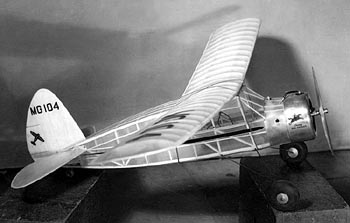 Prototype "Denny Jr." powered by a "Sky Charger" engine Photo: Jim Dunkin - Click Image to Enlarge Download a 1500pixel image
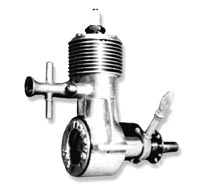
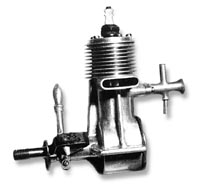 Sky Charger #8 Photo: Jim Dunkin - Click Images to Enlarge
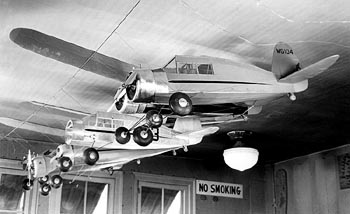 "Denny Jr."s in Reginald Denny's Hobby Shop Photo: Jim Dunkin - Click Image to Enlarge Download a 1500pixel [260Kb] or 2500pixel [500Kb] image
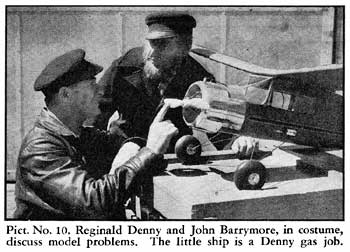 Reginald Denny and John Barrymore, c.1937
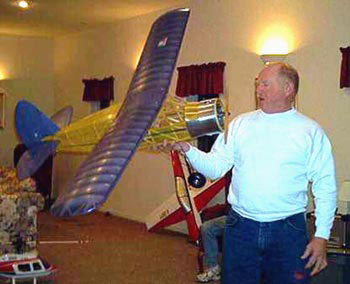 Roy Wilson and his 'new' 1936 "Denny Jr." Roy Wilson - Click Image to Enlarge
The "Lit'l Dennyplane Jr."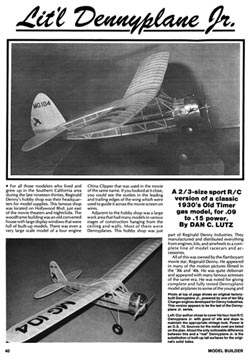 "Lit'l Dennyplane Jr." Model Builder - Click Image to Enlarge Download a 1000 pixel image
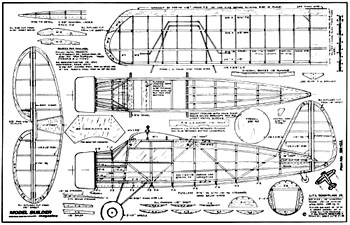 "Lit'l Dennyplane Jr." Model Builder - Click Image to Enlarge Download a 2650 pixel [900kb] or 8568 pixel [4Mb] image
Building a "Lit'l Dennyplane Jr." by W. "Bill" E. Eunson [edited by Russ Naughton] Reginald Denny appeared in many of the motion pictures filmed in the 20s, 30s and 40s. He was quite debonair and appeared with many famous actresses of the same era. He was also famous for his interest in model aircraft and was noted for giving complete and fully tested '"Dennyplane"' model airplanes to some of the young and upcoming movie stars.
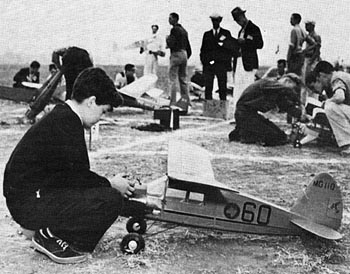 Freddy Bartholomew with his "Denny Jr." Model Builder - Click Image to Enlarge
This eleven year old MGM movie star had high hopes of winning until an over-enthusiastic photographer stepped into the path of his model as it was taking off. The wing and nose section were badly damaged and beyond repair.
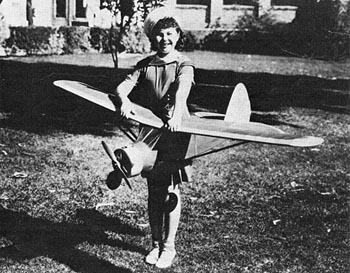 Jane Withers with her "Dennyplane" Model Builder - Click Image to Enlarge
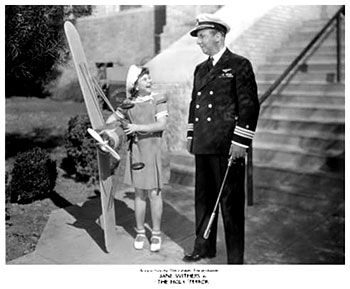 Jane Withers with her "Dennyplane" Uncredited Photo - Click Image to Enlarge
In keeping with the tradition of the original Dennyplane's, I covered mine with white silk and clear Butyrate dope. A few drops of Tri-Cresyl Phosphate (T.C.P.) to your dope dope will help prevent warps in the flying surfaces. Dave Brown Products markets a fine plasticizer called Flex-all which also works well in Butyrate dope. The Denny emblems on the rudder are from an original set of kit decals that I found while doing the research for my model. I listed the sources for the radial cowls on the plans. Any one of them will fit with very little alteration. I did not show an engine installation on the plans. My original model has an OS.10 engine and a mini airborne RC system in it. If kept light, one of the new Cox .074 Queen Bee engines or even electric power would make an ideal powerplant for sport flying. The generous amount of wing area and the wide spread landing gear makes it a pleasure to fly, even for the novice. When I show up at the local flying fields with my "Denny Jr.", most of the guided sphere kit builders ask, "What's that?". A few take a closer look at and start off with, "I remember back when..." . Oh well, you know the rest of the story - once you get a couple of old timers talking about the good old days. I wish to thank two very good friends, Bill Ladner and Frank Estrada, for their assistance in researching the Dennyplane models and the loan of their very old photographs.
|
© Copyright 1999-2005 CTIE - All Rights Reserved - Caution |